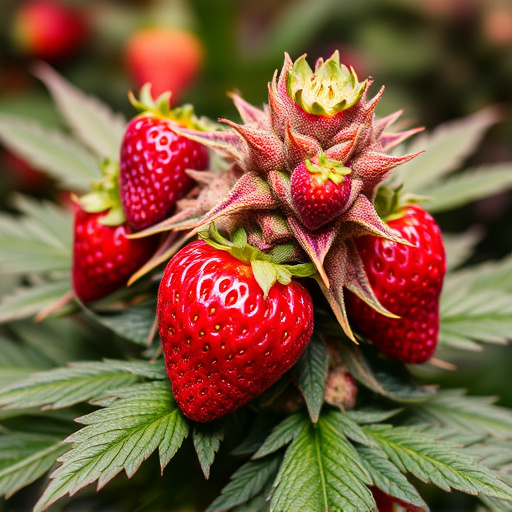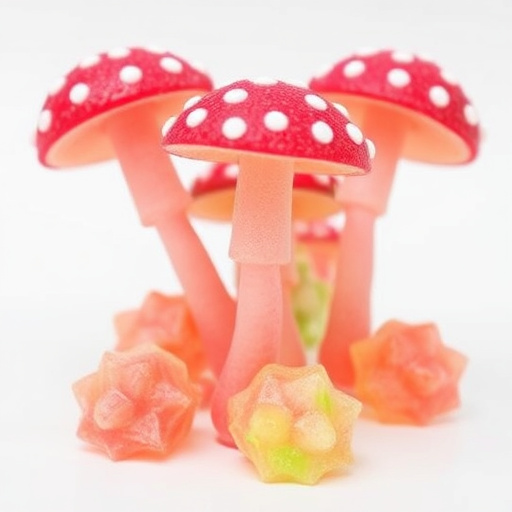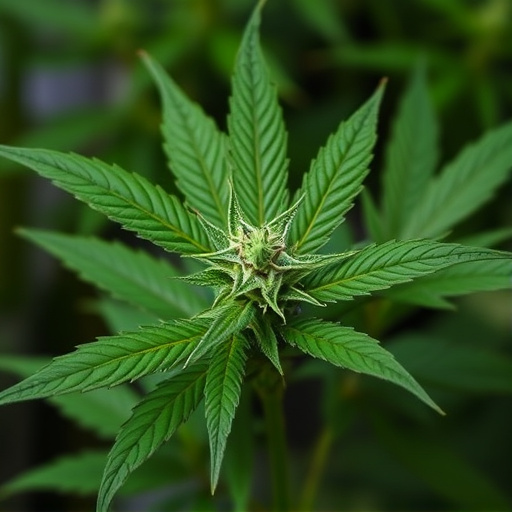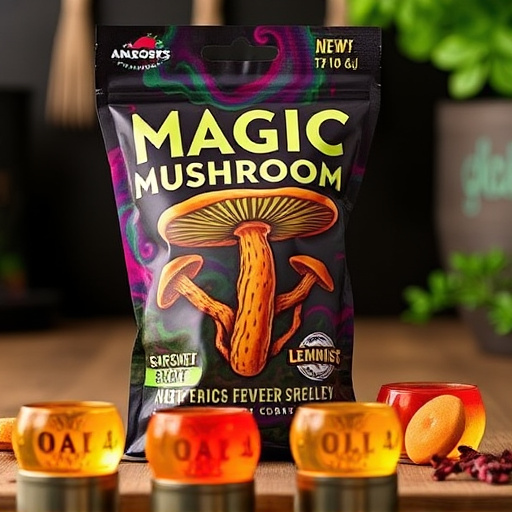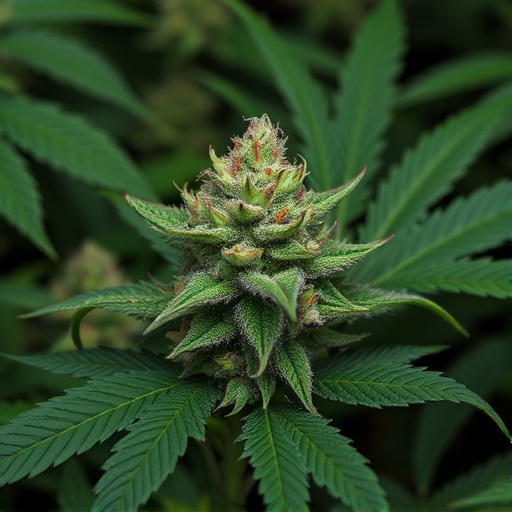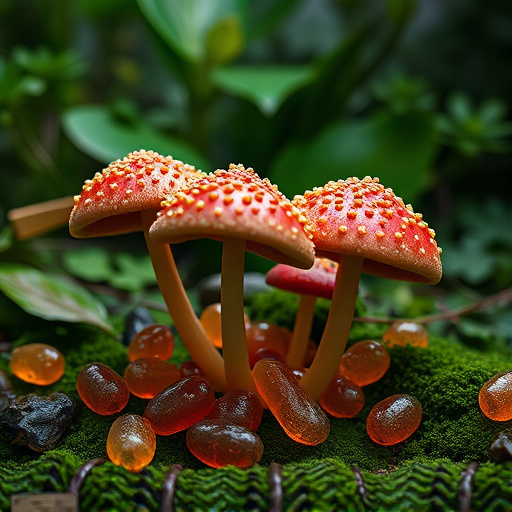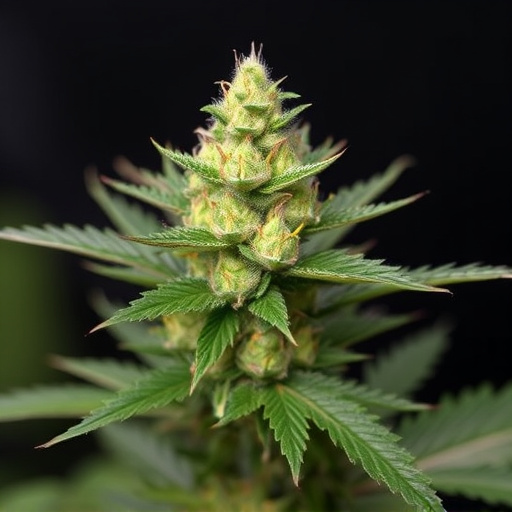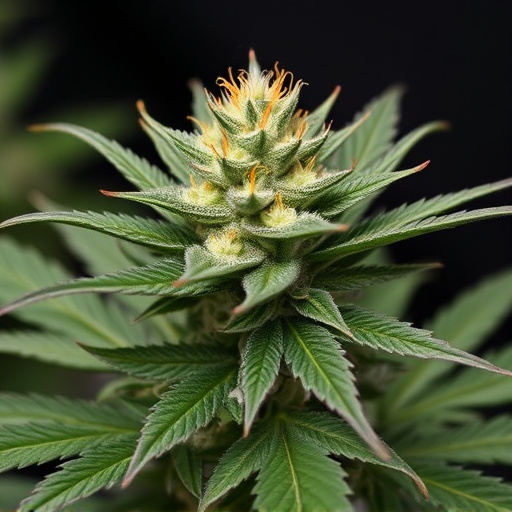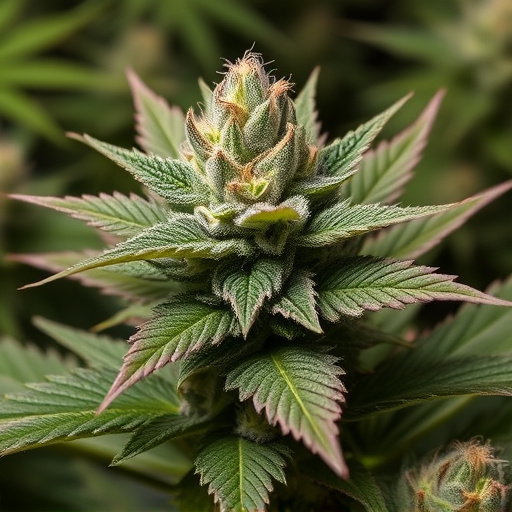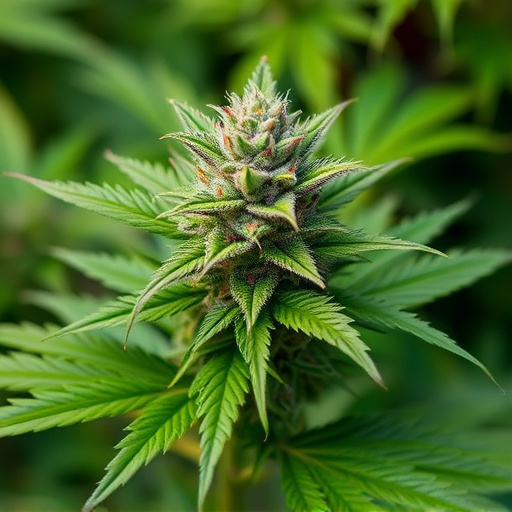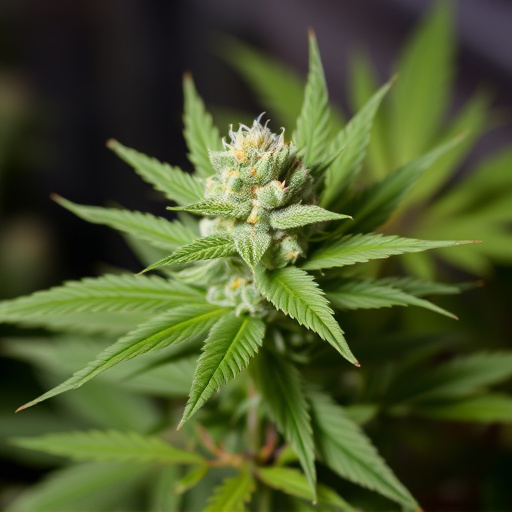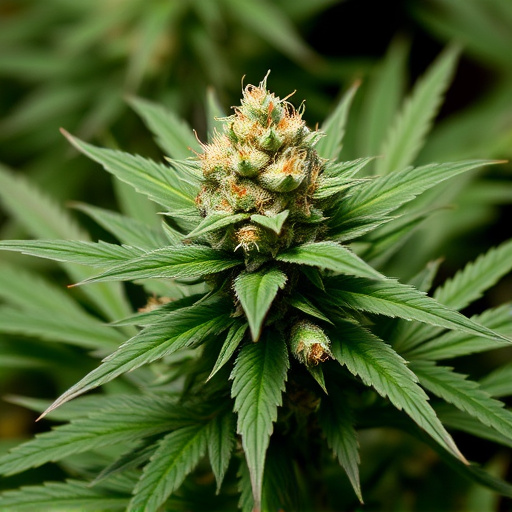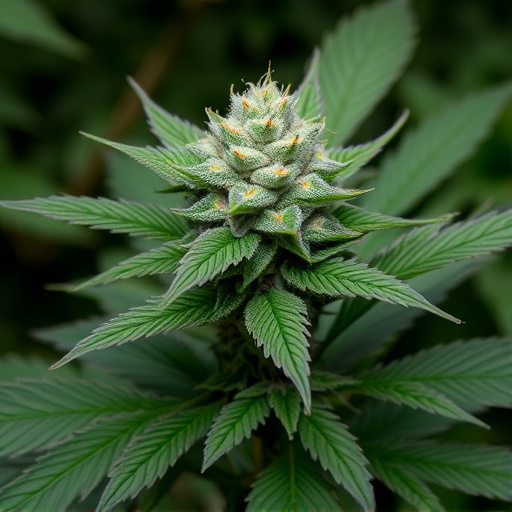Cannabis grinding is essential for optimal cannabis experience, improving product effectiveness and user satisfaction by increasing surface area for better interaction with extraction methods or vaporizers. Choosing the right grinder and strain (e.g., Blue Dream, Granddaddy Purple) is crucial, as it ensures smooth grinding, maintains moisture levels, and delivers consistent results. High-quality grinders preserve cannabinoids in favorite best strains of cannabis, and experimenting with grind sizes enhances taste, aroma, and enjoyment for various consumption methods.
Should you use a grinder for weed? This guide explores the benefits of cannabis grinding and helps you decide if it’s right for your needs. Discover how a grinder can enhance taste, efficacy, and consistency, especially with the best strains of cannabis. Learn tips for effective weed grinding, ensuring optimal results every time.
- Understanding Cannabis Grinding and Its Benefits
- Choosing the Best Strains for Grinding
- Tips for Effective Weed Grinding
Understanding Cannabis Grinding and Its Benefits
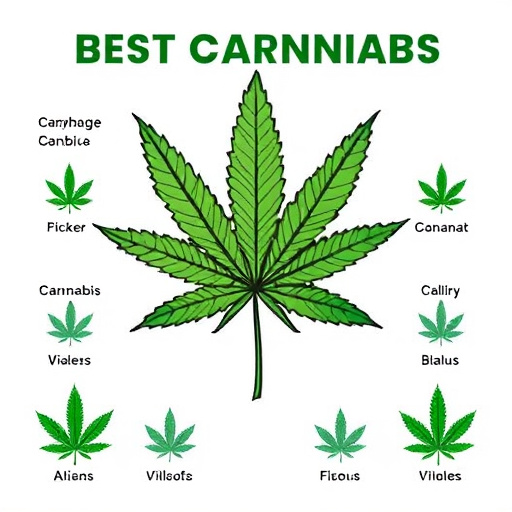
Cannabis grinding is a process that involves breaking down the plant material into smaller pieces to improve its effectiveness and ease of use. This technique is often overlooked but can significantly enhance your cannabis experience, especially when using high-quality strains like some of the best strains of cannabis available. By grinding, you expose more surface area of the buds, allowing for better interaction with extraction methods or vaporizers.
One of the key benefits of grinding cannabis is that it allows for more precise control over the consistency of your product. Different grinding sizes suit various consumption methods—from fine grinds for efficient vaporization to coarser textures for potent edibles. This versatility ensures that you can tailor your cannabis experience to your preferences, maximizing the effects and flavors of your chosen best strains of cannabis.
Choosing the Best Strains for Grinding
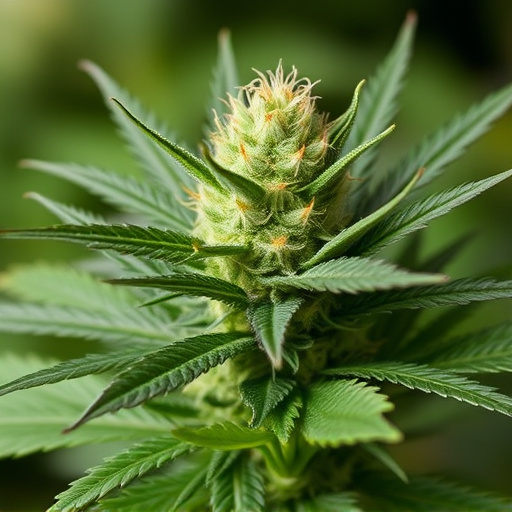
When considering using a grinder for weed, it’s essential to pair your choice of grinder with the best strains of cannabis for optimal results. Different strains have varying levels of moisture content and density, which can impact how well they grind. Opt for high-quality, dry cannabis flowers to ensure a smooth grinding process. Avoid overly wet or sticky bud as it can clog your grinder quickly.
The best strains for grinding are typically those known for their balanced terpene profiles and moderate THC levels. Sativa and indica hybrids often fall into this category, offering a pleasant balance between energy and relaxation. Look for strains with names like Blue Dream, Granddaddy Purple, or Orange Crush, which are popular choices among cannabis enthusiasts for their versatility and desirable effects.
Tips for Effective Weed Grinding
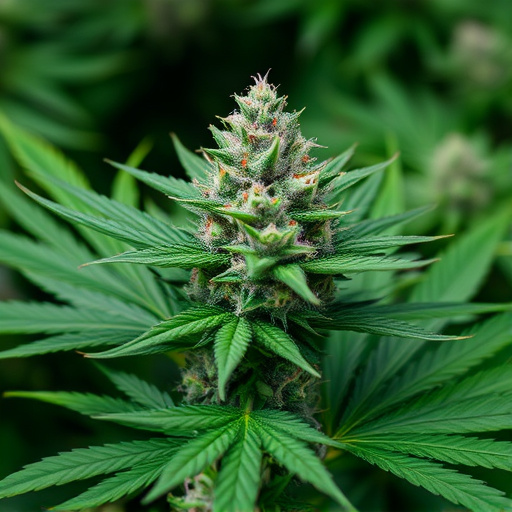
When grinding weed, choosing the right method and technique can significantly enhance your experience with cannabis. Start by selecting a grinder designed for herbs, ensuring it’s high-quality to avoid damaging or overheating the delicate cannabinoids in your favorite best strains of cannabis. The size of the grind is key; finer grinds are ideal for potent buds as they allow for maximum extraction during vaporization or combustion.
For an optimal result, consider grinding just before use to preserve freshness and potency. Experiment with different settings on your grinder to find the perfect consistency for your preferred consumption method—whether it’s rolling joints, packing a bowl, or using a vaporizer. Remember, a well-grounded herb can make all the difference in taste, aroma, and overall enjoyment of your cannabis experience.
Grinding cannabis can enhance its aroma, flavor, and overall experience. By understanding the benefits and choosing the right strains like the best strains of cannabis, you can create a smoother, more enjoyable smoking or cooking experience. Following effective grinding tips ensures that you unlock the full potential of your chosen herb, making it a worthwhile process for any cannabis enthusiast.

